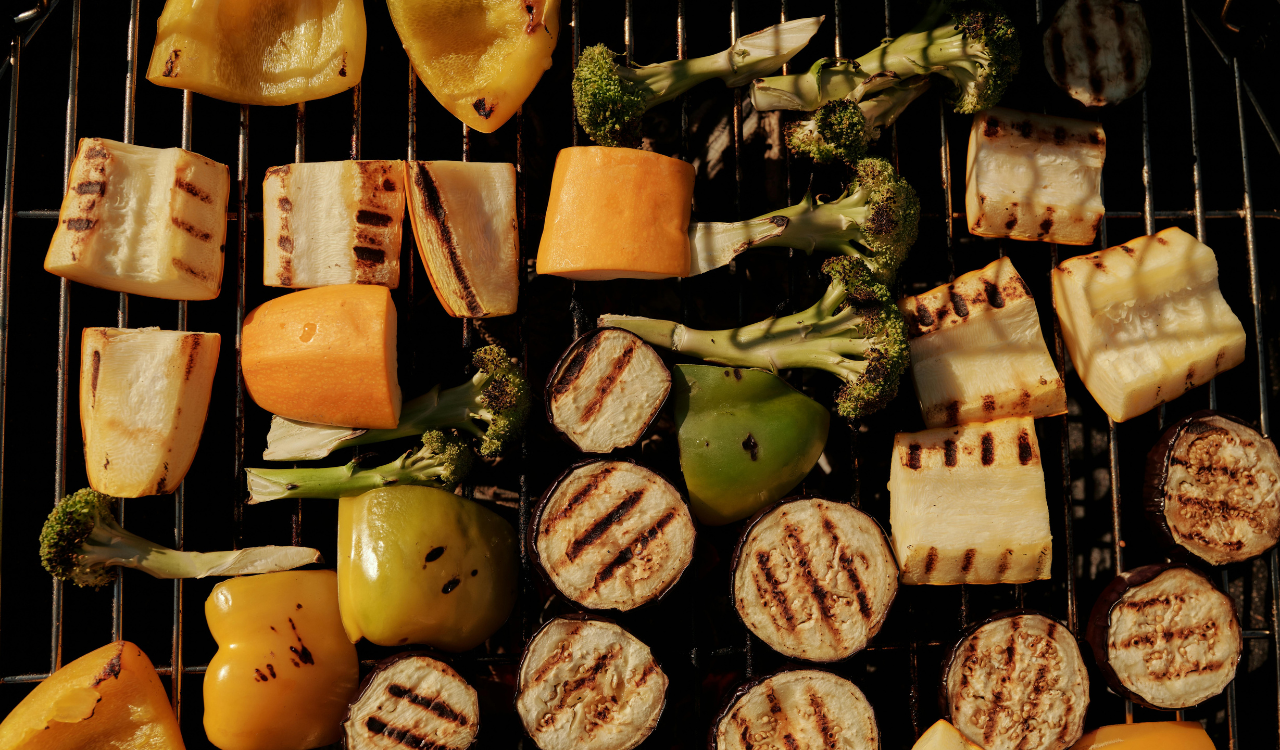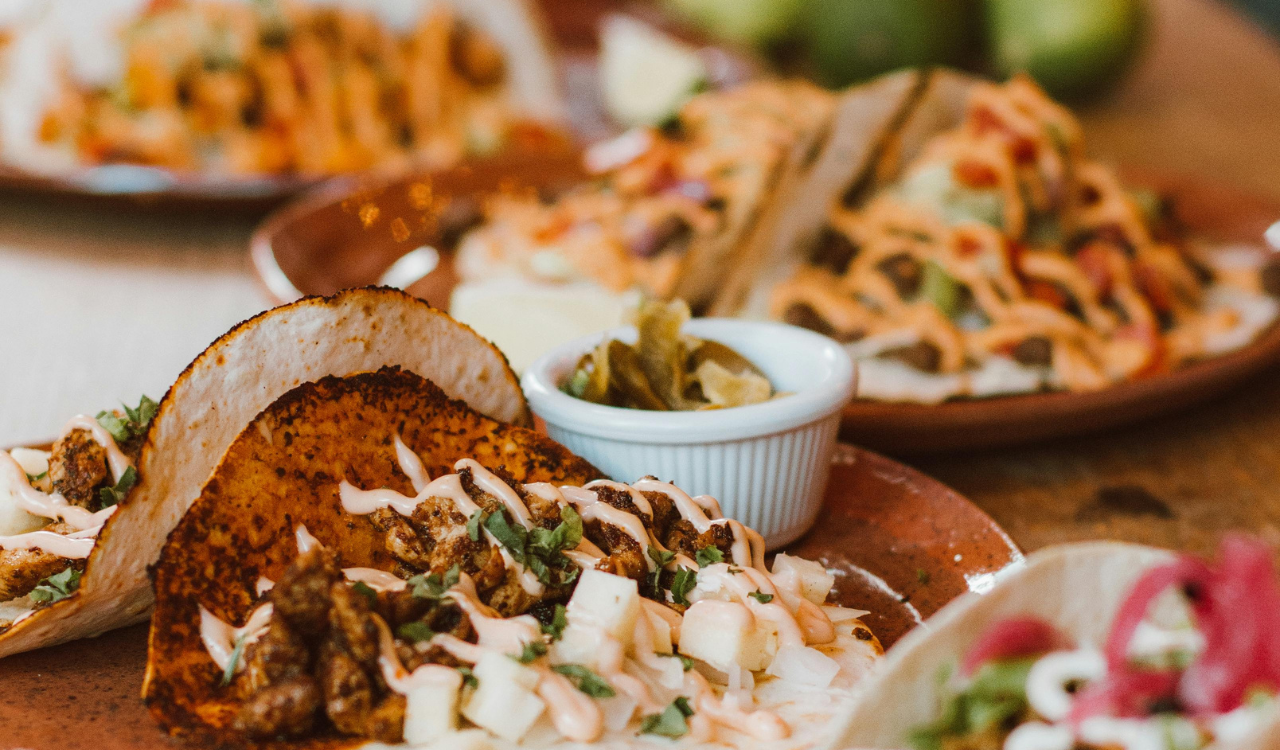11 Iconic Italian Dishes Beyond Pizza and Pasta
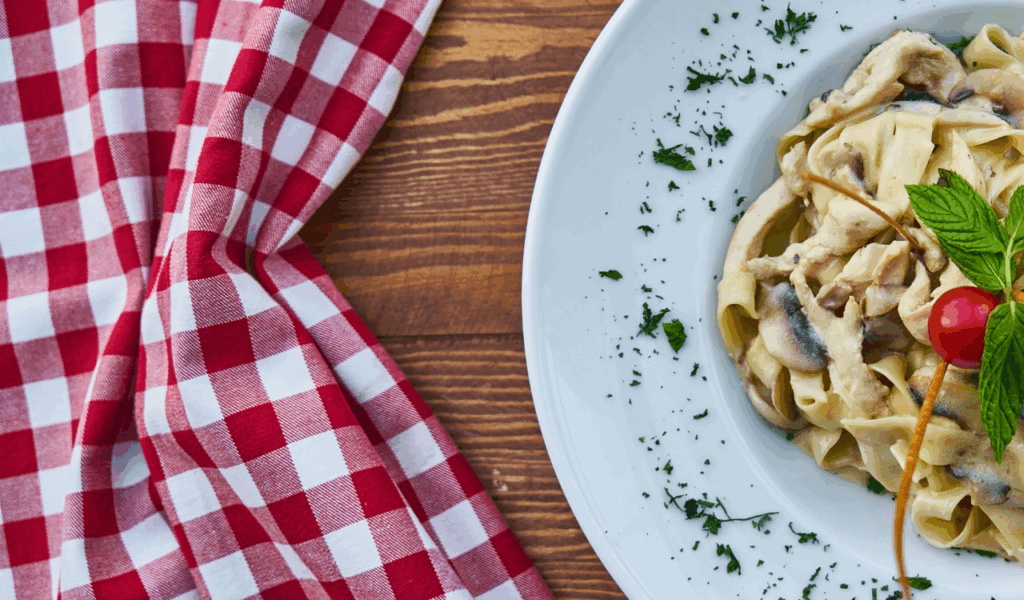
Even though pasta and pizza are delicious, Italy has so much more to offer! This tour of 11 traditional Italian dishes demonstrates the richness, diversity, and surprises of the nation’s culinary legacy. These are local treasures, including stews, cold cuts, seafood, meats, and more, each of which is famous in its own right. This list will expand your palate, whether you’re looking for something elegant, hearty, or fresh.
1. Osso Buco alla Milanese
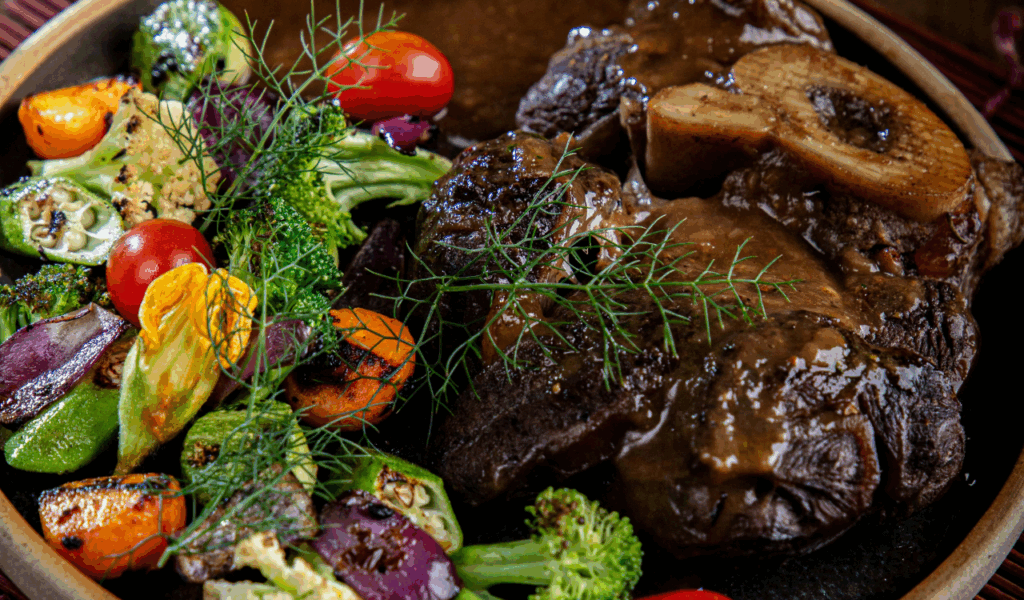
Osso Buco alla Milanese is a Lombardy slow-cooked veal shank dish that is braised with vegetables, white wine, and broth until the meat is so tender that it falls off the bone. The bone’s marrow gives the food a rich, creamy texture. To ensure that the rich juices are completely absorbed, it is frequently served with polenta or risotto alla Milanese, which is flavored with saffron. Patience is needed for this dish: cook it on low heat for a few hours, season it carefully, and finish with gremolata (a mixture of lemon peel, garlic, and parsley) for a new pop of color. It’s undoubtedly sophisticated, nuanced comfort food.
2. Bistecca alla Fiorentina
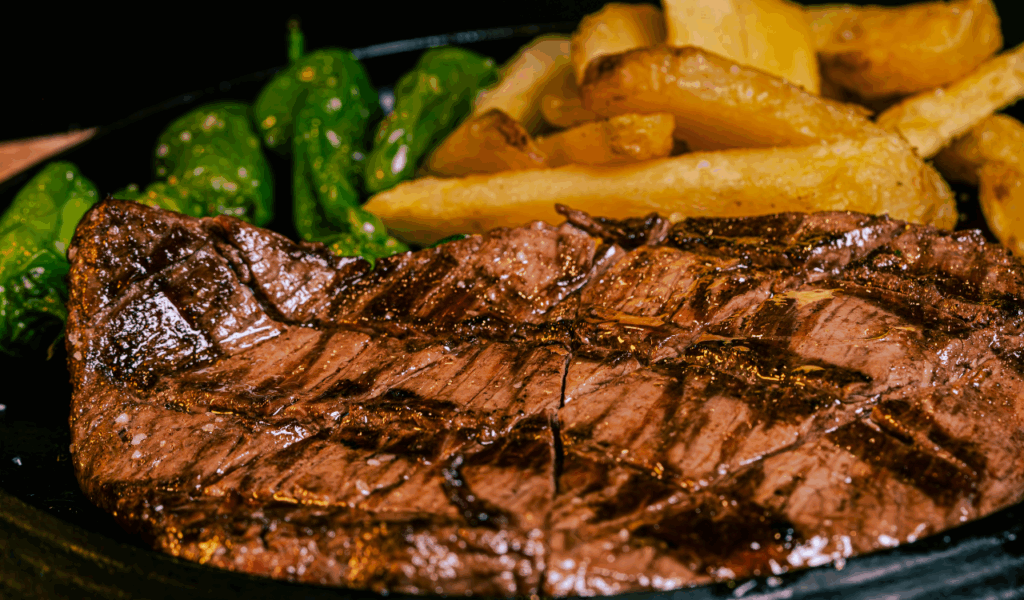
This magnificent steak originates in Tuscany and is a thick cut of Chianina meat that is typically at least two fingers thick. It is cooked over wood or charcoal and is only seasoned with salt, pepper, and maybe a little olive oil. The interior is frequently rare-to-medium-rare, while the exterior is charred. Traditionally, a big porterhouse cut or T-bone is shared by two or more people. The meat’s quality, the cooking technique, and the quick seasoning are what make it so beautiful. It is a prime example of how excellent ingredients are frequently allowed to speak for themselves in Italian cooking.
3. Arancini
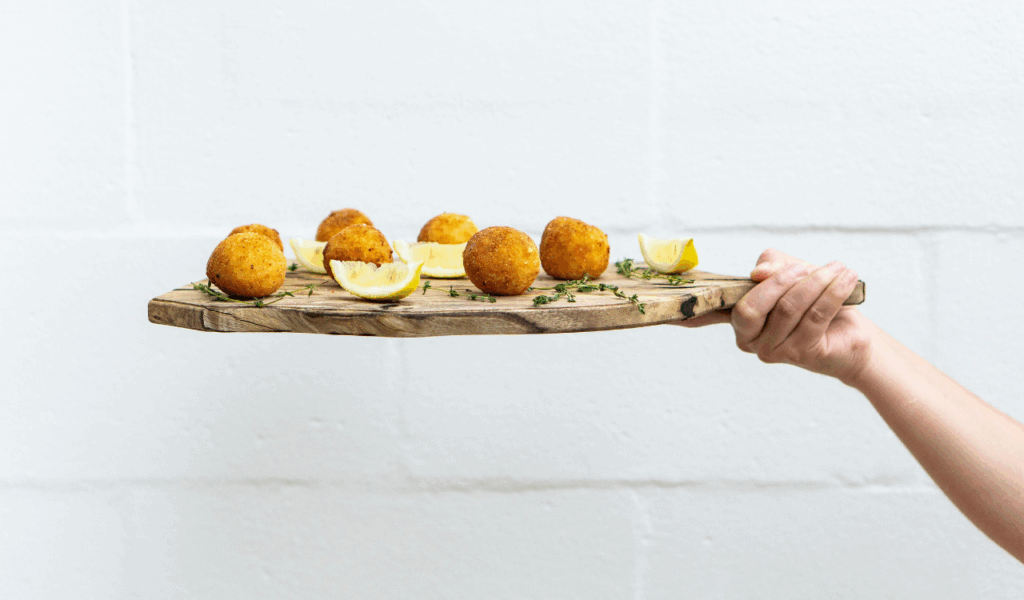
Originally from Sicily, arancini are deep-fried rice balls that are frequently filled with tomato sauce, ragù (meat sauce), peas, or mozzarella. Typically, risotto-style rice is cooled, formed into balls (sometimes with filling in the middle), breaded, and fried until the outside is crunchy and golden and the inside is soft. In Italy, there are variances in fillings, sizes, and even shapes. Rich but portable, they make a delicious street food or snack. Far beyond Sicily, arancini are adored for their satisfying flavors and texture contrast (crispy shell + soft interior).
4. Saltimbocca
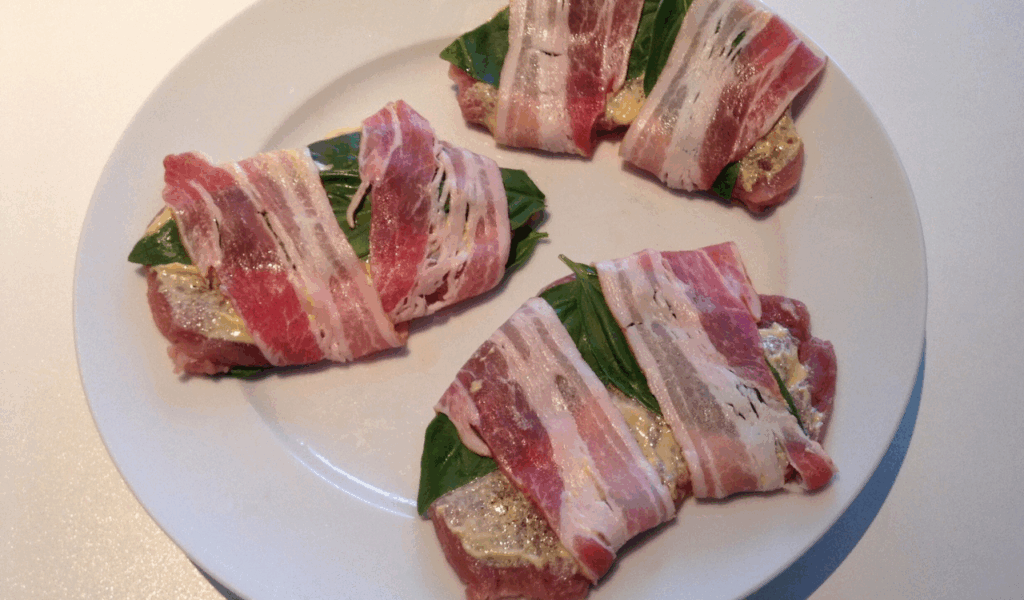
Literally meaning “jumps into the mouth,” saltimbocca is a dish that typically consists of thin veal (or occasionally chicken) slices cooked in butter and white wine or broth, garnished with a slice of prosciutto and fresh sage. The thinness of the meat keeps it tender, the prosciutto adds a rich, salty, smoky flavor, and the sage adds a herbal earthiness. Cooking is quick: sear, deglaze, and then add a little lemon at the end. For someone who prefers strong flavors without thick sauces or lengthy cooking times, the finished product is sophisticated, well-balanced, and ideal.
5. Vitello Tonnato
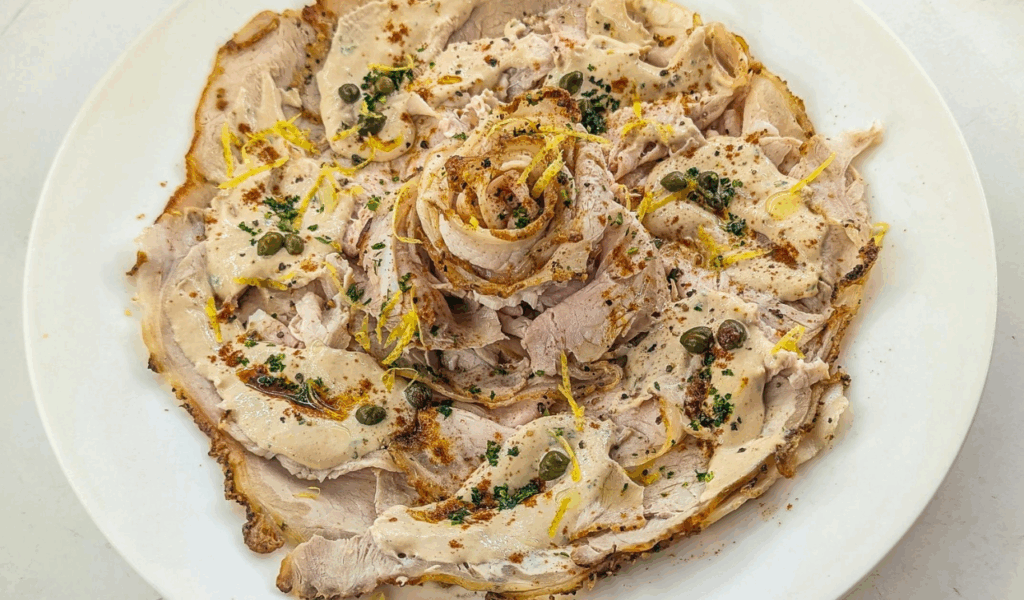
A traditional northern Italian dish of Piedmontese origin, vitello tonnato consists of cold, thinly sliced cooked veal encased in a creamy sauce that resembles mayonnaise and is made with tuna, capers, anchovies, egg yolks, or mayonnaise, and occasionally lemon and broth. It has a rich flavor and is refreshing whether served cold or at room temperature. Its complexity comes from the contrast between the meat and fish-based sauce, the briny capers, and the tang from the lemon or anchovies. Often served as an antipasto (starter), vitello tonnato requires preparation (cooking the veal, chilling it, and making the sauce), but the result is a sophisticated flavor.
6. Polenta (particularly with hearty toppings)
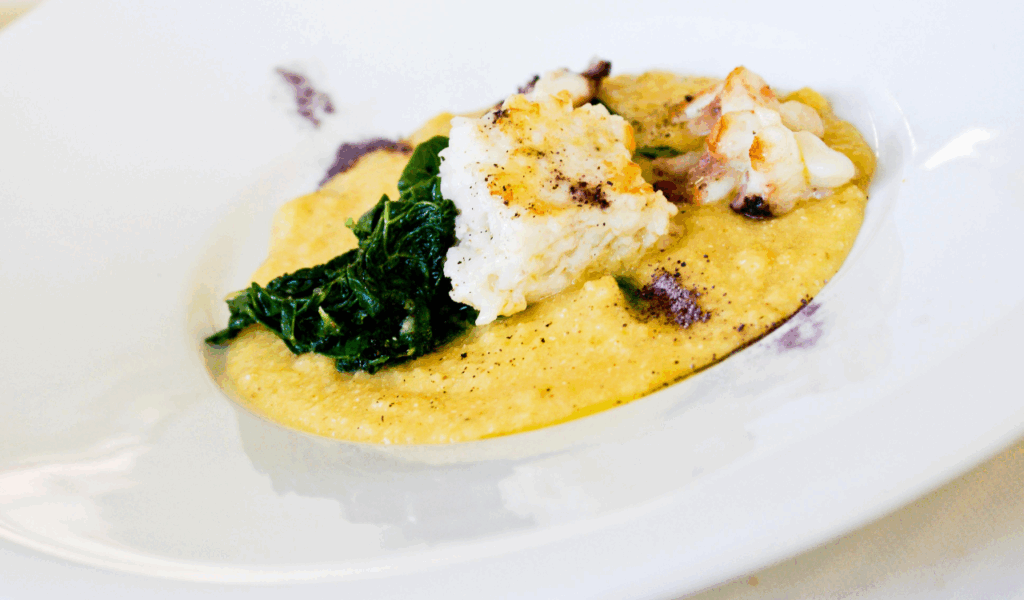
Northern Italy’s staple dish is polenta, which is made from coarsely ground cornmeal cooked into a porridge. It’s comfort food when it’s served soft (creamy) because of its smooth texture, mild flavor, and great foundation for rich, savory toppings like cheese, stews, mushroom ragù, or braised meats. In certain areas, polenta is sliced, grilled, or fried after being allowed to set. Where bread or pasta might predominate elsewhere, it works incredibly well. It’s filling, warming, and reasonably easy, but it can be made in a variety of ways depending on the preparation or topping.
7. Ossobuco Mi Milanese‑style + Risotto alla Milanese
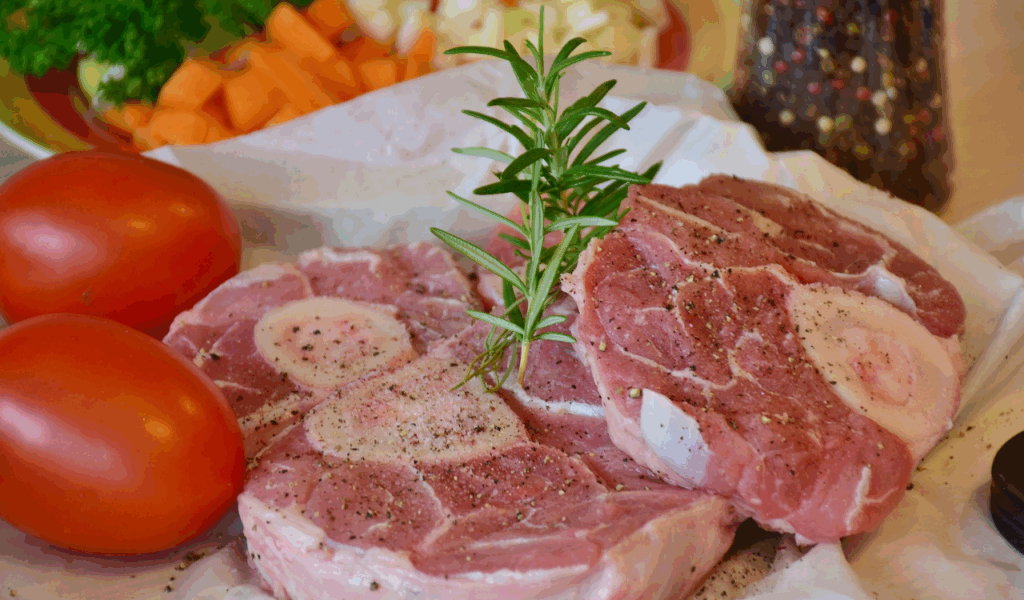
This is a true combination: saffron risotto (Risotto alla Milanese) and osso buco (see #1). When combined with cheese and butter, the saffron gives the risotto a distinct scent and a golden color. If served together, the osso buco’s juices impart layers of flavor to the risotto. It’s a quintessential Lombardy pairing that exemplifies how meat, starch, and delicate seasoning come together to create a classic meal. (Although one could argue that this falls under the pasta category, risotto is obviously different because it is made with rice.)
8. Parmigiana di Melanzane (Eggplant Parmesan)
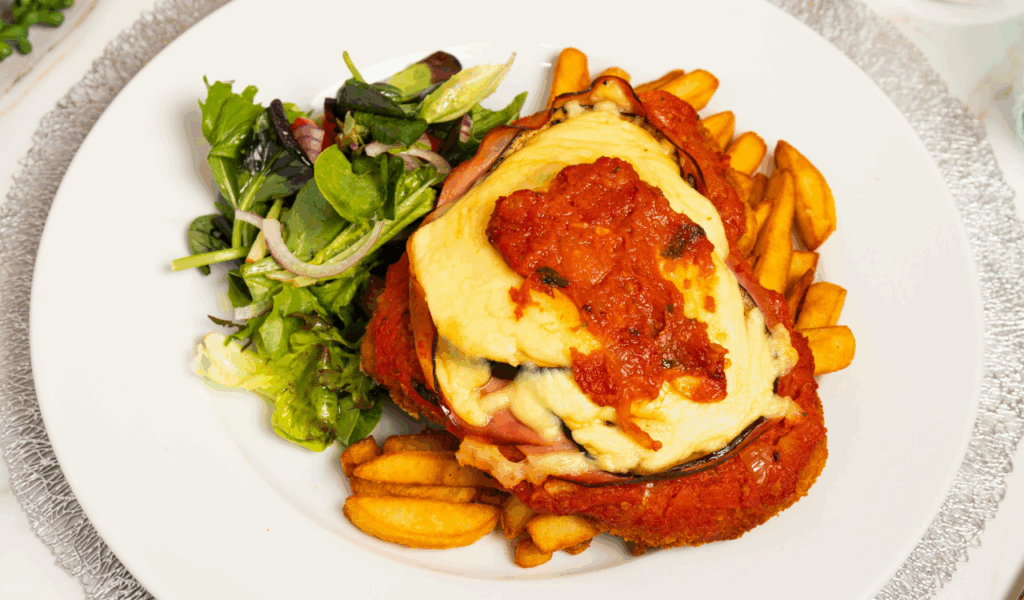
Sliced eggplants (aubergines) are fried or grilled, then layered with tomato sauce, mozzarella, and Parmesan cheese before being baked until bubbling and golden. This dish is known as Parmigiana, or Eggplant Parmesan. Origin stories disagree as to whether it originated in Emilia-Romagna, Sicily, or Campania. (Source: Wikipedia) It feels decadent yet vegetable-based due to the harmony of the rich cheese, sweet tomato sauce, tender eggplant, and maybe basil. Even when served with meat dishes, this filling vegetarian dish frequently takes center stage.
9. Fritto Misto & Seafood Specialties
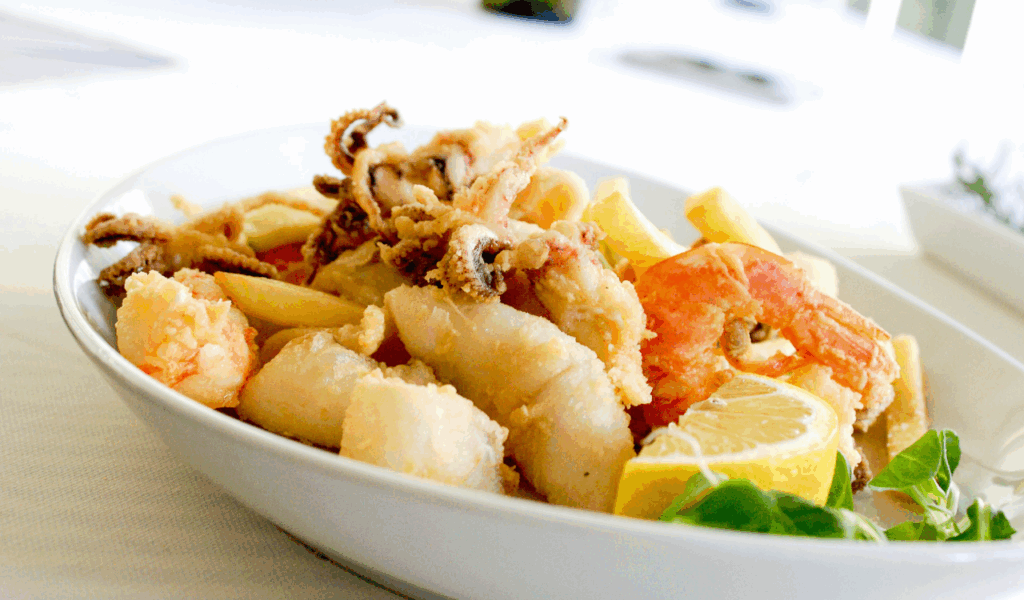
Seafood is a key component of Italian cuisine because of the country’s extensive coastline and numerous islands. Small fish, squid, shrimp, or other seafood are occasionally lightly battered or dusted with flour and fried until crisp, a dish known as fritto misto. “Seafood platters,” or just fish baked or grilled with lemon, olive oil, and herbs, are another example. Despite being lighter than hearty meat or cheese dishes, these have a strong regional heritage, particularly in coastal regions. The key ingredients are fresh seafood, easy preparation, high-quality olive oil, and seasoning.
10. Ribollita
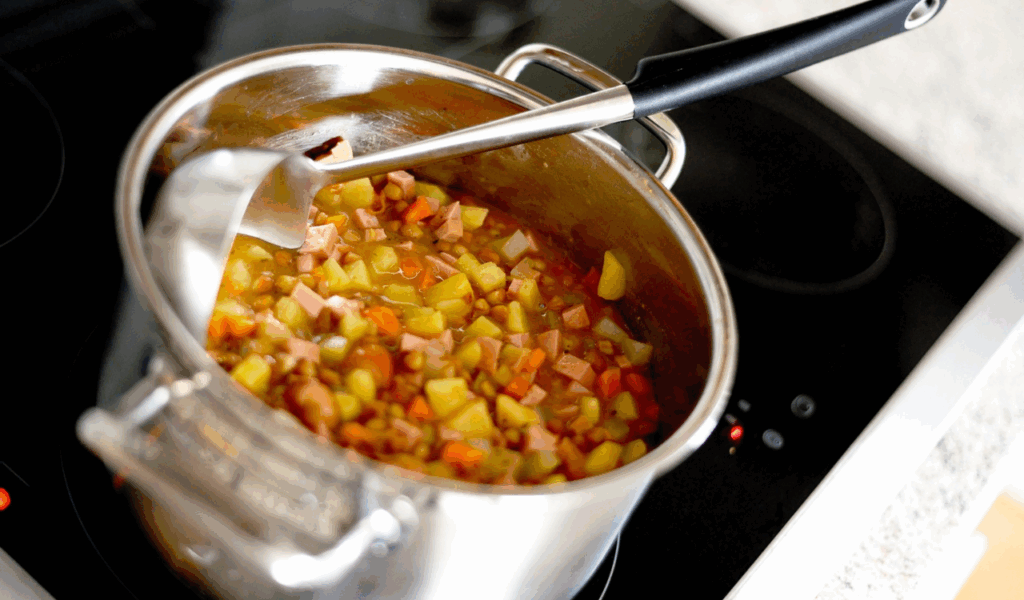
Traditionally a “peasant” dish, ribollita is a vegetable and bread soup or stew from Tuscany. It includes leftover bread, tomatoes, olive oil, carrots, onions, celery, kale or other greens like cavolo nero, beans (usually cannellini), and occasionally cabbage. Since the dish is prepared by cooking it once and then cooking it again to allow the flavors to develop, the name means “reboiled.” It’s wholesome, filling, and packed with fiber and protein from vegetables and beans. Excellent for colder climates or when you’re looking for a filling meatless meal.
11. Cassata Siciliana (for dessert)
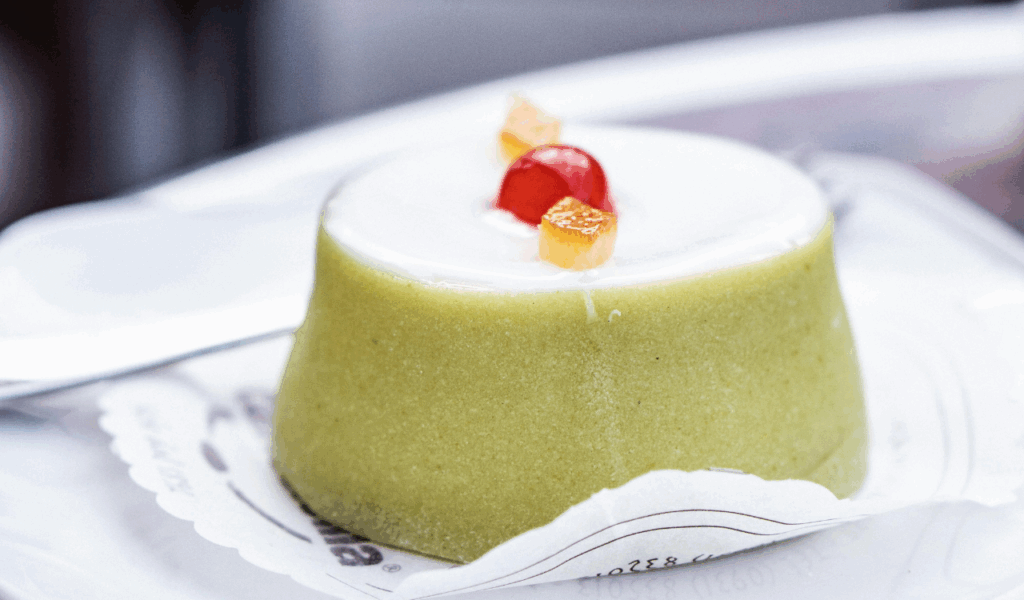
This Sicilian layered dessert is a local favorite to end on a sweet note. Sweet sponge, ricotta cheese (often flavored with chocolate or citrus peel), candied fruit, and occasionally marzipan are the ingredients of cassata Siciliana. Celebrated throughout the year, but particularly during Easter, it demonstrates the Arab-Norman influence on Sicilian baking. It is memorable—dessert comfort—because of its textures (light cake, creamy ricotta, chewy candied fruits) and harmony of sweetness.



